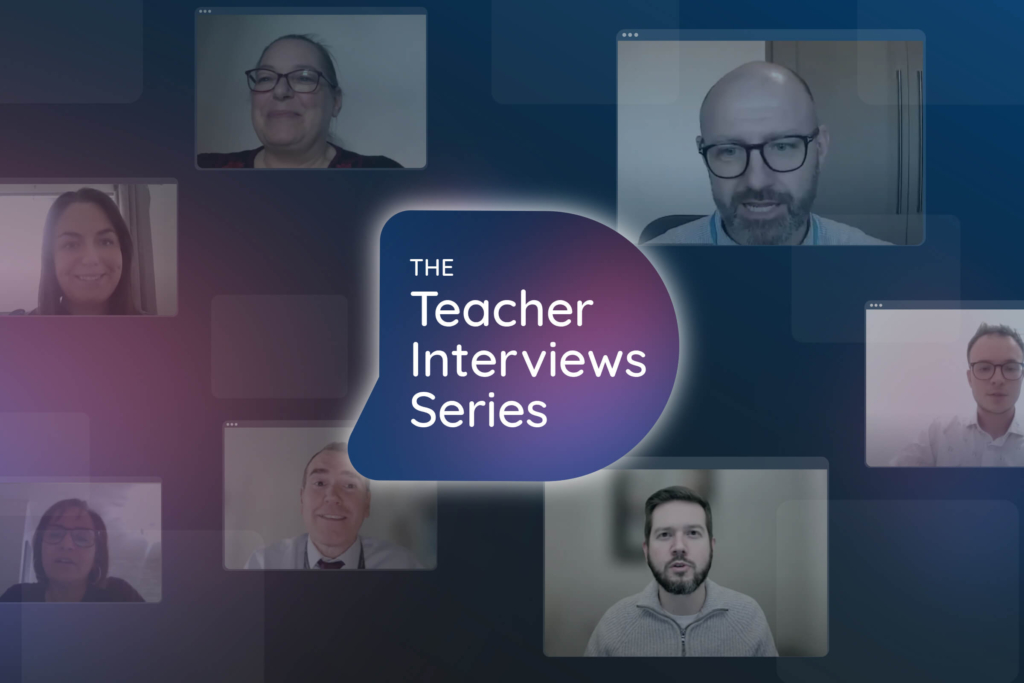


Email copywriting for education: What to include in your campaigns


If you want to master the art of email copywriting for education, there are a couple of things you should always include in your campaigns.
I sat down with Lydia, one of our specialist copywriters, and Kate, one of our campaign managers, to find out which email components they believe play a pivotal role in campaign performance.
We’ve pooled together our combined email copywriting recommendations to help you perfect your email marketing content. So buckle up, take note of our notes, and aim to include these things in your education email campaigns…
Punchy and powerful headers
Headers are essential for breaking up your email content. And they have a really important part to play in your email engagement rates. Think of your main header as the gateway to the rest of your email content. If it’s not persuasive or intriguing, teachers might not read on.
Aim for your headers to communicate the main focus of your email. They could highlight the key benefit of your offering or draw attention to an upcoming event or date – just make sure it’s impactful.
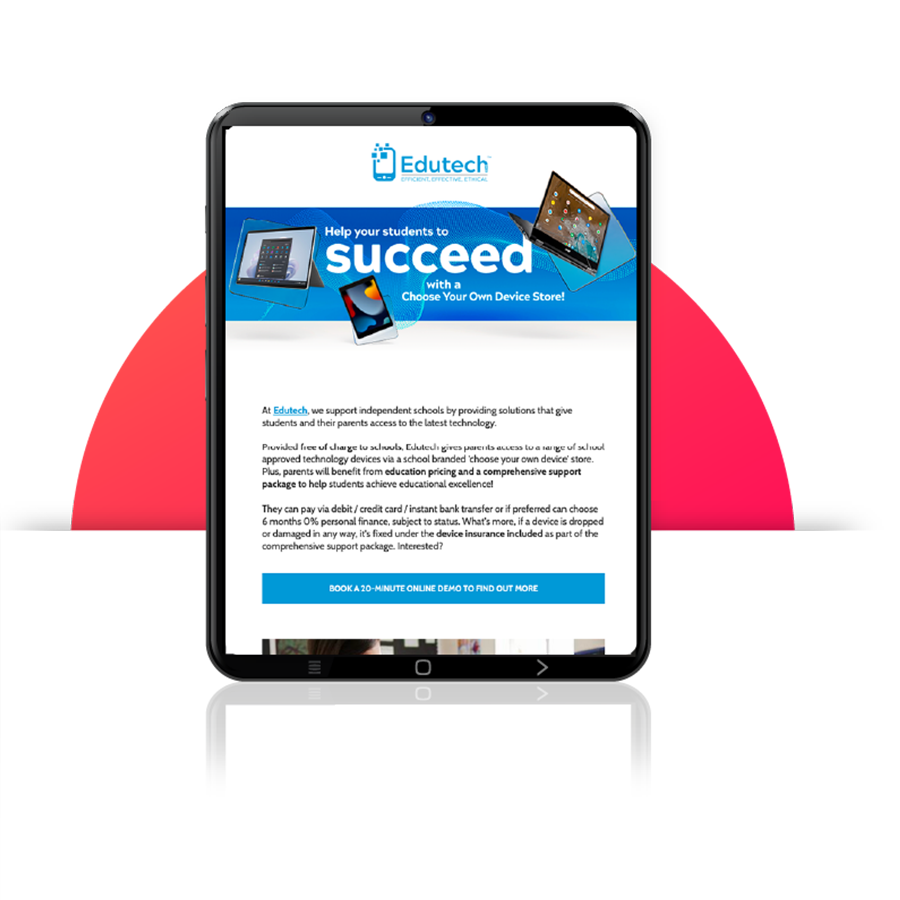
Some good examples of headers:
- Inspire your learners this National Careers Week – it’s topical and highlights an upcoming event.
- Discover the easy way to monitor your pupils’ attendance – there’s a clear benefit and it’s taps into a priority focus for schools right now (attendance rates).
- Help your GCSE students to make an additional 3 months’ progress – it includes an attention-grabbing statistic to encourage teachers to keep reading.
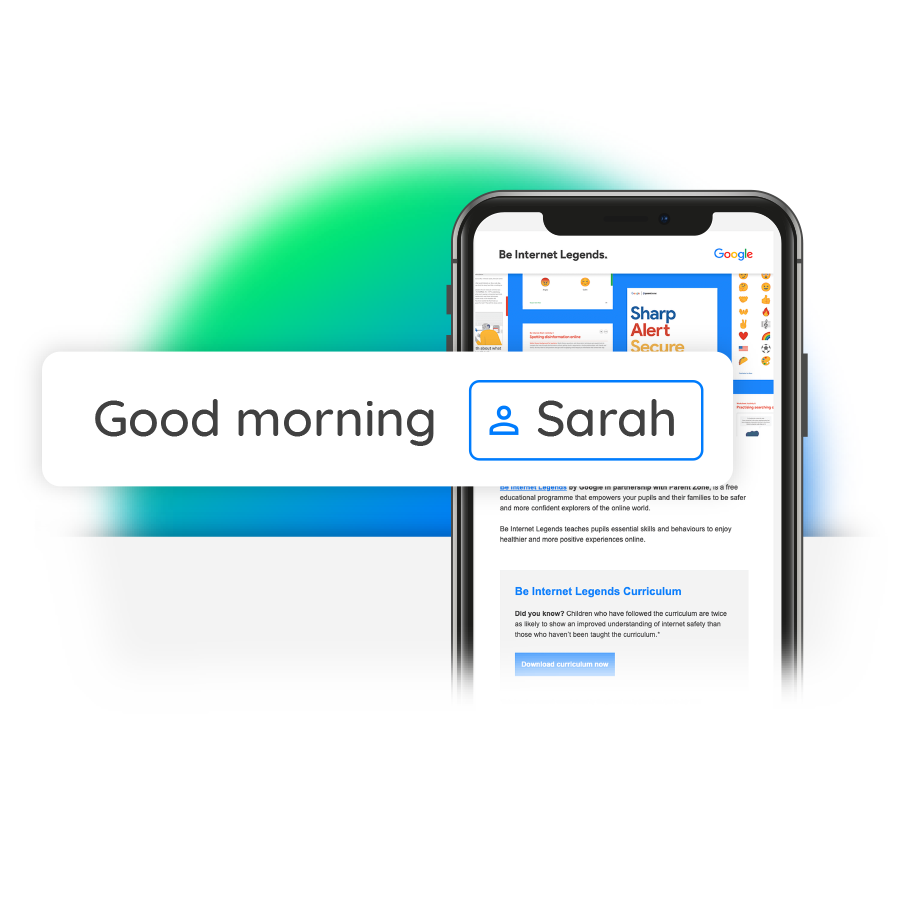
An intriguing opening paragraph
We recommend including a greeting – personalised if possible e.g. ‘Good Morning Sarah’.
If it’s your first email campaign to schools, feel free to briefly introduce your company or organisation and what you do.
Just remember, teachers need to know what’s in it for them and how you can support their pupils. So, no waffle and no long-winded backstories.
In your opening paragraph, communicate quickly what it is you’re offering and how your products and services can help. Think about the pain points you can help teachers to tackle and the areas you can help them to improve.
Are your products proven to accelerate academic progress? Reduce the disadvantage gap? Encourage children to develop healthy eating habits? Whatever the main advantage is of your product or service – make sure you communicate it clearly. And try to keep your opening paragraph to under 100 words if possible.
Results-focused testimonials from schools
Including social proof in your campaigns is a really effective marketing technique, and one to absolutely consider for email copywriting for education. Testimonials and case studies from schools are a great way to build teachers’ trust.
Teachers often learn about new services (and ultimately invest in them) through word-of-mouth recommendations, so if you can tap into this and show that other schools have really benefitted from working with you – shout about it!

Aim to include 1 or 2 testimonials from schools you’ve worked with. If you’ve got a couple to choose from, feature the ones that are results-focused (wishy-washy ones are to be avoided).
Make sure you proofread your testimonials. If they include typos, be sure to correct them, as this could negatively impact teachers’ impressions of you. To add an extra layer of credibility, try to collect and feature the following details from your testimonial quote:
- The teacher’s name.
- Their job role.
- The school phase they work in.
And if you can link through to an education case studies page, do!
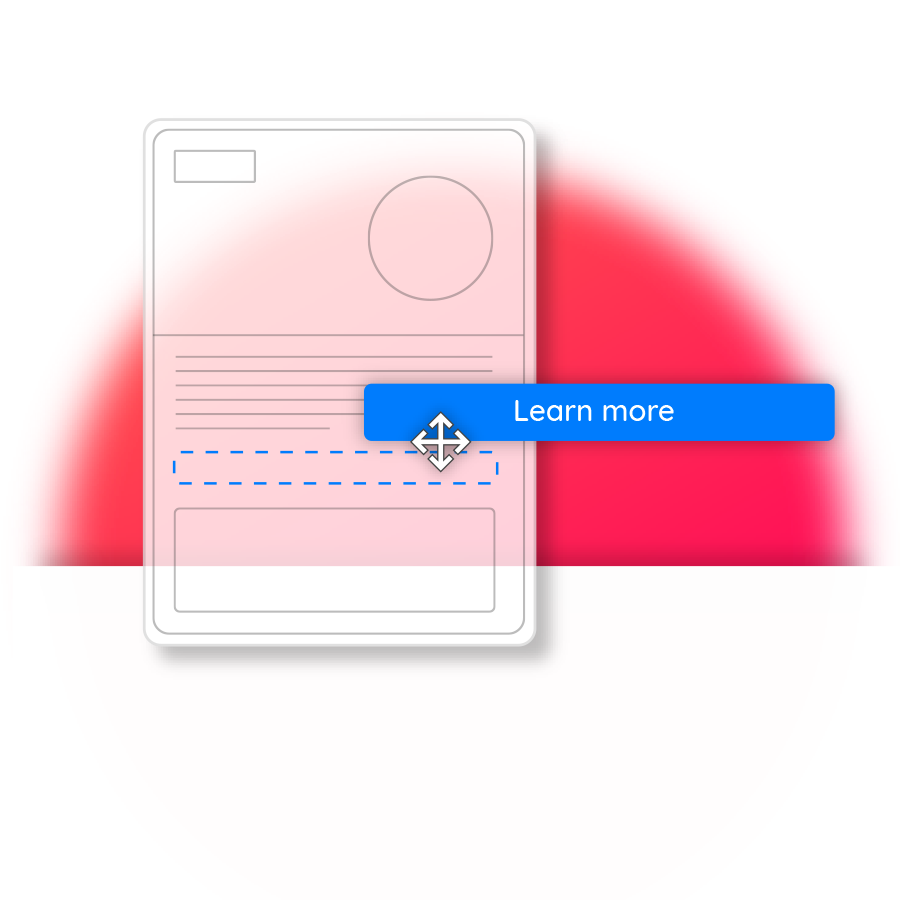
Carefully-worded and strategically-positioned CTAs
When choosing the wording of your call-to-action buttons, consider where they’ll be placed within your email.
For example, if your button is positioned high up in the introductory section of your email, avoid including anything that’s too pushy as teachers will still be learning about your offering at this point.
Although more traditional, CTAs with copy such as ‘Find out more’ and ‘Learn more’ can perform well at the top of your email. You can then include buttons with a more assertive tone later in the email, e.g. ‘Book a call’ ‘Book your free demo today’ ‘Get in touch now’ ‘Ready to plan your classroom transformation?’.
Topical education buzz words
Choose adjectives and phrases that’ll strike a chord with teachers and help you to convey the impact of your products and services.
‘Evidence-based’, ‘proven to…’, ‘accredited’, ‘trusted by 100s of UK schools’ ‘supporting 300,000 learners every year’ – these are all the kinds of words and phrases that will help you to demonstrate your knowledge of the education sector, and the high-impact you can help them achieve.
Remember, schools are always looking to demonstrate that they’re meeting Ofsted’s criteria, so slipping in relevant key phrases from Ofsted’s assessment checklist is a great way to boost your brand image and encourage more schools to invest.
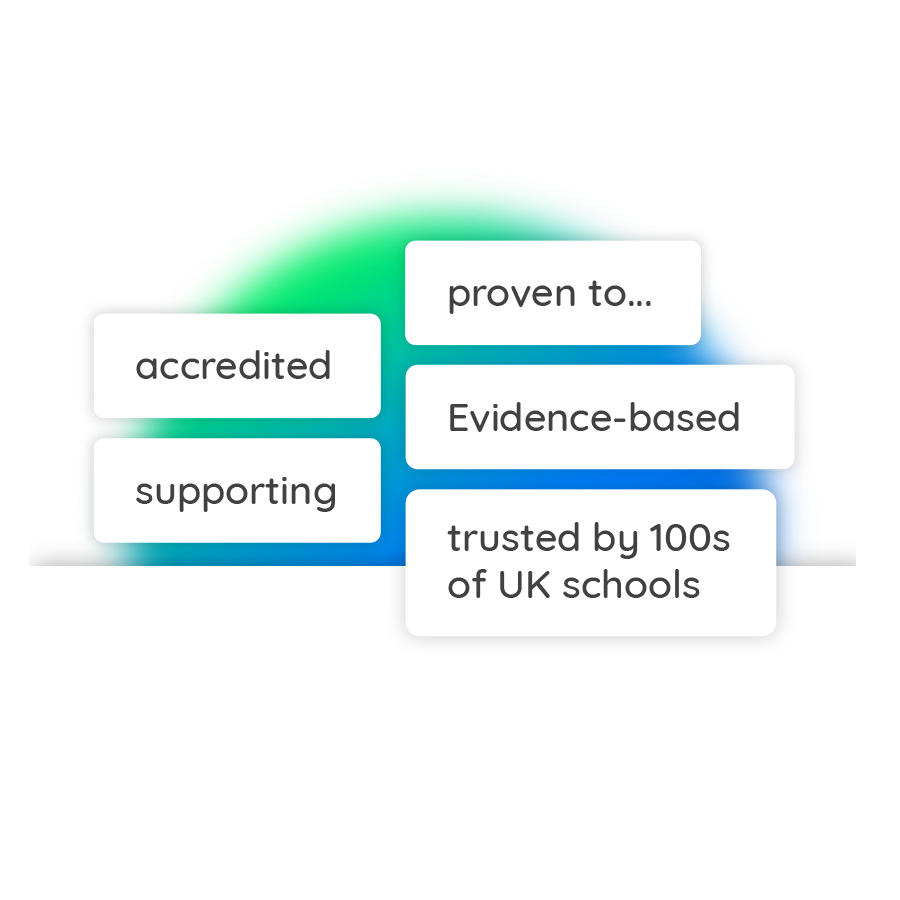

Email copywriting for education round-up
Writing email campaigns to education is a craft, and these are just some of the key things to help you create emails that pack a punch, capture teachers’ attention and leave them feeling like they have to learn more.
Pop back over to this blog post whenever you need for our list of what to include! And you can also browse our email marketing portfolio for more inspiration.





